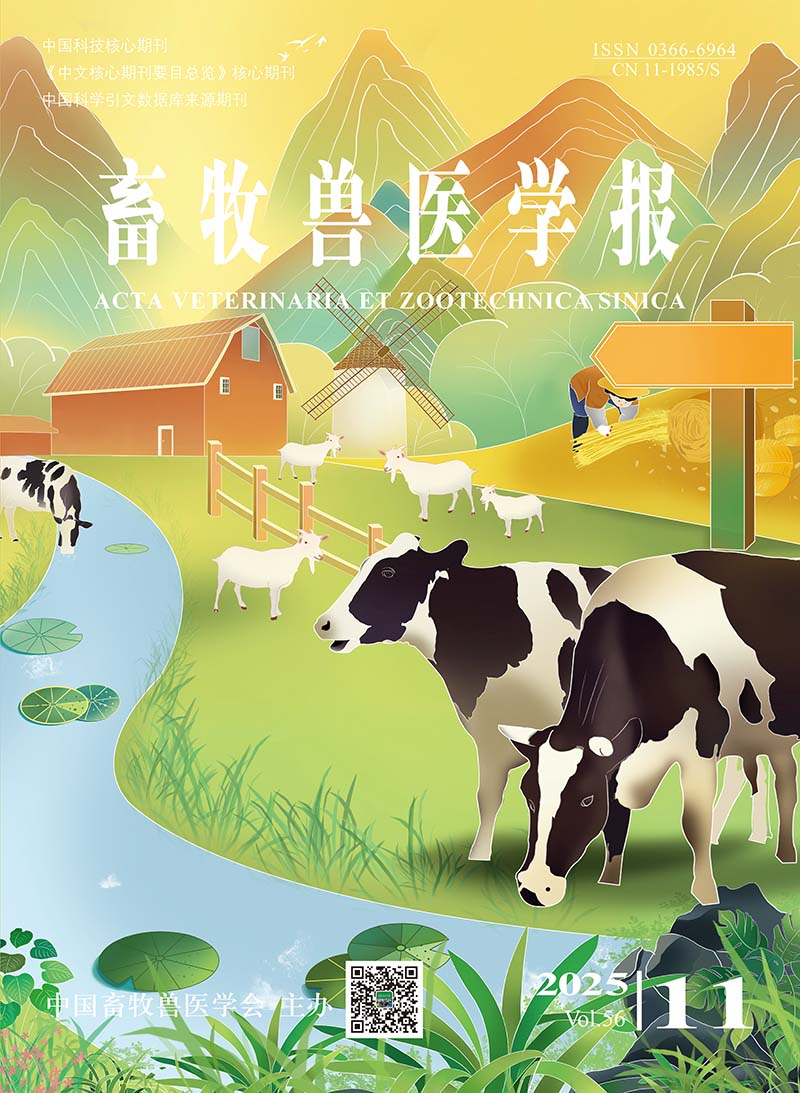The study aimed to screen genes related to the deviation of follicular development and dominant follicle selection in cattle. In this study, 6 healthy 10-month-old Hayford young cows were divided into two groups on average after synchronization. The first group collected the first and second largest follicles before the deviation of the first follicle development wave. The second group collected the first and second largest follicles after the deviation of the first follicle development wave. RNA of follicular granulosa cells was extracted for transcriptome sequencing, and the sequencing results were compared with the reference genome. The PDF1-VS-PDF2 group was screened for differentially expressed genes affecting follicular development. ODF1-VS-ODF2 group, ODF1-VS-PDF1 group and ODF1-VS-PDF2 group screened DEGs that affected dominant follicle selection, and performed GO and KEGG enrichment analysis and PPI analysis to screen key genes. The accuracy of the screened genes was verified by RT-qPCR and Western blotting. The results showed that 220 DEGs were found in the PDF1-VS-PDF2 group, 179 of which were up-regulated and 41 were down-regulated. GO and KEGG analysis showed that PI3K-Akt signaling pathway and TGF-β signaling pathway were related to follicular development. PPI analysis showed that MYC, BRCA1, EZH2, ARID1A and SMARCA4 were hub genes. A total of 184 DEGs were found in ODF1-VS-ODF2 group, 93 were up-regulated and 91 were down-regulated. GO and KEGG analysis showed that TGF-β signaling pathway, PI3K-Akt signaling pathway, Jak-STAT signaling pathway, TNF signaling pathway, mTOR signaling pathway and cell adhesion molecules were related to follicular development. PPI analysis showed that POLR2A, FOS, HIF1A, KIT and SOCS3 were hub genes. A total of 837 DEGs were found in ODF1-VS-PDF1 group and ODF1-VS-PDF2 group, of which 360 were up-regulated and 477 were down-regulated. GO and KEGG analysis showed that mTOR signaling pathway, TNF signaling pathway, TGF-β signaling pathway, PI3K-Akt signaling pathway, progestin (P4)-mediated oocyte maturation pathway were related to follicular development. PPI analysis showed that HIF1A, RPS9, COL1A2, PIK3R1, COL4A1, ITSN1, GNB1, RPL3, ESPL1, CUL7 were the hub genes. RT-qPCR results showed that the expression of BRCA1, ARID1A and EZH2 in PDF1 was higher than that in PDF2, and the expression of POLR2A in ODF1 was higher than that in ODF2. Western blotting results showed that the expression of BRCA1 and EZH2 in PDF1 was higher than that in PDF2. In this study, MYC, BRCA1, EZH2, ARID1A and SMARCA4 may play a role in the deviation of bovine follicle development. POLR2A, FOS, HIF1A, KIT, SOCS3, RPS9, COL1A2, PIK3R1, COL4A1, ITSN1, GNB1, RPL3, ESPL1 and CUL7 may play a role in the selection process of bovine DF. The results of this study laid a foundation for exploring the theory of regulation of bovine follicle development deviation and dominant follicle selection gene.






